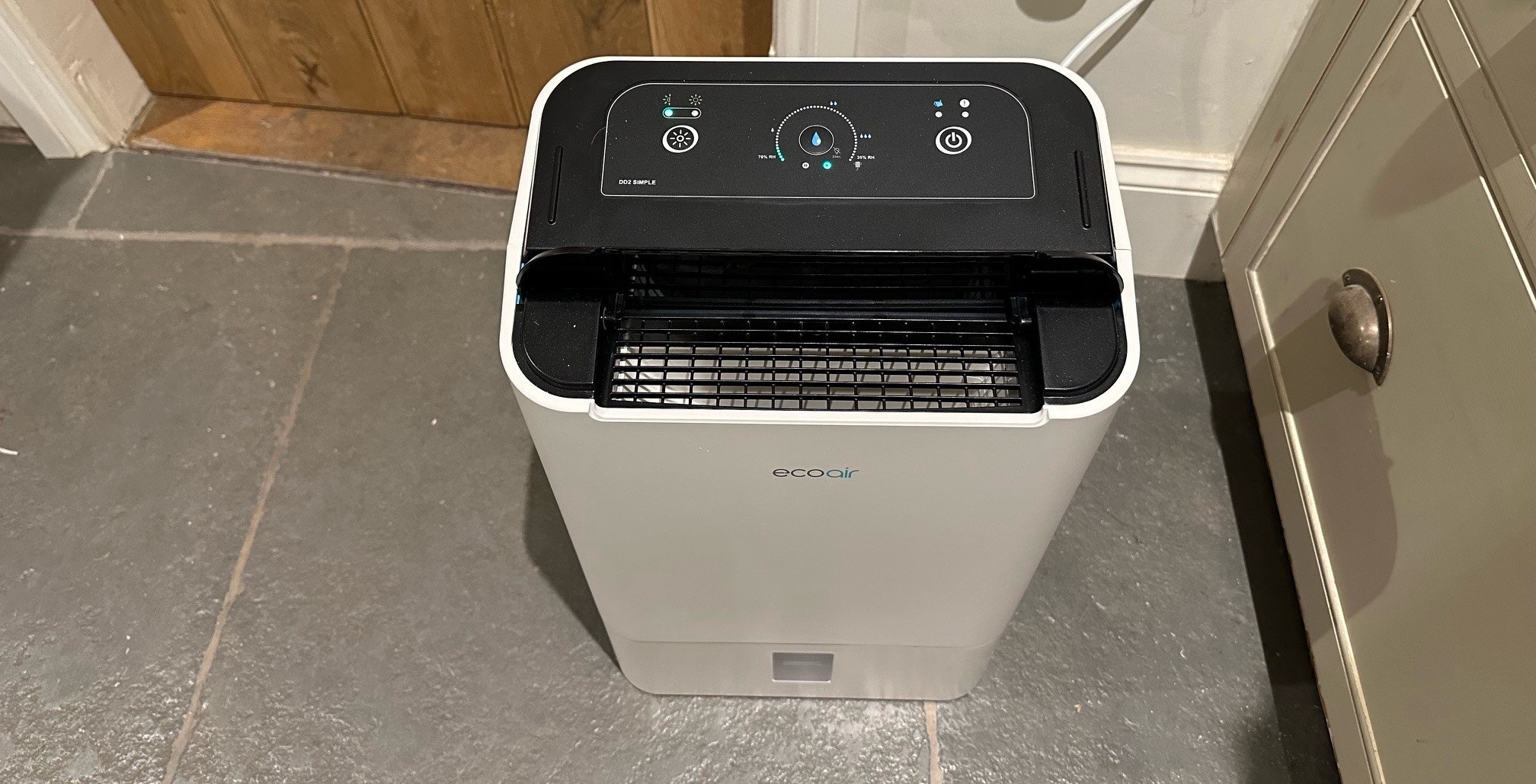Homebuilding Verdict
The EcoAir DD2 simple desiccant dehumidifier is suited to colder spaces with a powerful yet relatively energy-efficient wattage. With its automatic shut-off and restart, a continuous drainage outlet and a sleek design, this is a dehumidifier that can be plugged in and left to do the job
Pros
- +
Works effectively in low temperatures, down to 1°C
- +
Impressively lightweight
- +
Quiet at only 37-46dBa
- +
Automatically shuts off and restarts to maintain target humidity
- +
Comes with 1-metre continuous drainage pipe
- +
Washable antibacterial filter
- +
Powerful laundry mode
- +
Anti-tilt shutdown function for safety
Cons
- -
More expensive
- -
Continuous drainage a bit fiddly to fit
You can trust Homebuilding & Renovating.
The EcoAir DD2 simple desiccant dehumidifier is designed for spaces where the temperature might be lower than typical room temperature. For instance in a colder house, or in a garage or conservatory where damp could potentially thrive.
Even the best dehumidifiers that work on a compressor system are unlikely to be as effective in these spaces, while desiccant dehumidifiers are specifically designed to be able to tackle the cold without a change to its efficiency. Desiccant dehumidifiers also gently expel hot air to warm the space, while compressor dehumidifiers do not.
Here we review the EcoAir DD2 simple desiccant dehumidifier, which is available to buy on Amazon, to find out how it performed to stop mould, condensation and damp.
Is the EcoAir DD2 Simple desiccant dehumidifier easy to setup and use?
When the dehumidifier first arrived, unboxing it was simple. You could easily lift it out using the two handholes on either side towards the back of the unit. It was very lightweight at 6.7kg, making removing it from the box straight-forward.
Name: EcoAir DD2 Simple Desiccant Dehumidifier
Type: Desiccant
Filter: Washable antibacterial filter
Extraction: 9L per day
Power consumption: 260-570 watts/hr
Dimensions: 363 x 587 x 253mm (HWD)
Weight: 6.7kg
Noise level at one metre: 37-46dB(A)
Operating temperatures: +1˚C/+40˚C
Fan speeds: 2
Tank: 3L
My initial impression of the EcoAir DD2 simple desiccant dehumidifier was that it is a very slick-looking unit. It is a sensible height at just over half a metre along with being fairly slimline with a depth of only 25.3cm. This made it easy to tuck away when not in use. The unit also came with a one-metre long plastic hose for continuous drainage, a bonus I was looking forward to trying out.
Next was connecting the machine to a power outlet and figuring out how it worked. Initially the three digital options on the top of the unit took some thinking about but the instruction manual made everything very easy to understand. The left button toggled between its economy and turbo modes, the centre button set the desired humidity level, and the third powered up the unit.
If I was being picky, it might have been nice to see the exact humidity level displayed in numbers on the unit (the geek in me likes watching to see the humidity drop) but this really was a minor point. It's worth noting too that on the humidity dial more droplets indicates more water extraction rather than higher humidity.
But all in all, I quickly had the EcoAir DD2 simple desiccant dehumidifier powered up and working without much effort. It was easy to move around too.
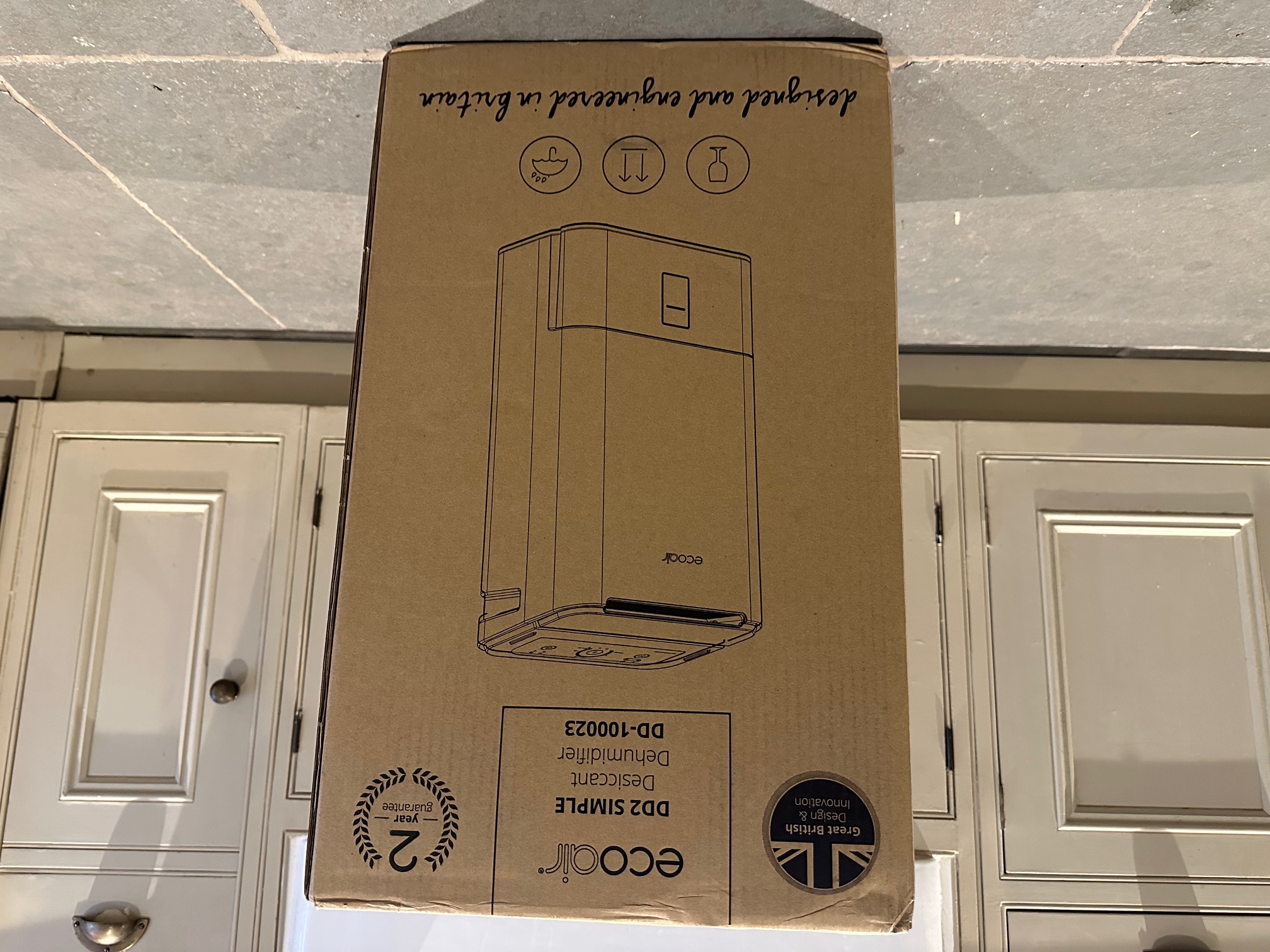
How did I test the EcoAir DD2?
A desiccant dehumidifier works differently to a compressor dehumidifier in terms of how a dehumidifier works and for this reason we tailored the testing process to settings where these types of dehumidifier are best suited. In my home, these included:
1) In my cold kitchen/diner area: Circa 12°C/14°C with a damp wall and single-glazed and draughty sash windows.
2) In my unheated garage: This is currently storing my second-hand utility room units that currently have mould growing on them.
3) In a large (and old) white van that I have on my driveway that is storing other bits of wood and offcuts that may or may not come in handy for future building projects. The van suffers from condensation on the internal roof due to poor airflow and cold metal walls.
Did the EcoAir DD2 work well inside?
I was impressive at how well the desiccant dehumidifier handled all three places where I tested it but inside was perhaps the biggest test, given that compressor dehumidifiers are usually the go-to option for internal domestic spaces.
But it turns out that when your room temperature is regularly below 15°C, a desiccant dehumidifier can be a better option. The guys over at Meaco suggest: "As a guide, don’t use a 10 or 12 litre compressor machine below 15°C and only use the larger 20 and 25 litre machines down to 10°C."
This is because compressor dehumidifiers can become less effective when operating below 15°C as they work by passing air over a cold coil to condense the water and collect it. When temperatures drop, the cold coil is no longer cold enough compared to the surrounding air to condense the water.
A desiccant dehumidifier meanwhile doesn't have the same problem as it works instead by drawing in air over a filter containing a material called "zeolite". Desiccant dehumidifiers also warm the air too, which is an added bonus in notoriously cold spaces. You can read more on this in our piece: desiccant vs compressor dehumidifier.
Inside my cold kitchen/diner
My kitchen/diner area is a great example of a room inside a house that is actually a little on the cold side for a compressor dehumidifier. The room's temperature is around 12°C to 14°C in winter (sometimes lower if I don't put the heating on), making it the perfect testing ground for the EcoAir DD2 simple desiccant dehumidifier.
Plugging the EcoAir DD2 desiccant dehumidifier in for the first time inside, the handbook warns users not to worry about any peculiar smells wafting from the unit. I didn't notice this until getting right up close to the air outlet and can only describe it as a subtle plasticky waft. This is the air passing over the Zeolite and apparently is not at all hazardous. I can't say it bothered me but it was of note and is the case for all desiccant dehumidifiers not just this model. This smell disappeared within a few hours of use. I also enjoyed walking past the dehumidifier as it gently expelled hot air into the otherwise cold room.
The EcoAir DD2 simple desiccant dehumidifier is able to operate between temperatures of 1°C up to 40°C, an impressive temperature range, so why wouldn't you ideally use this in rooms above 15°C? Essentially, you can but it comes down to running cost and when the room temperature is suitable for a compressor dehumidifier, these can be cheaper to run at warmer room temperatures.
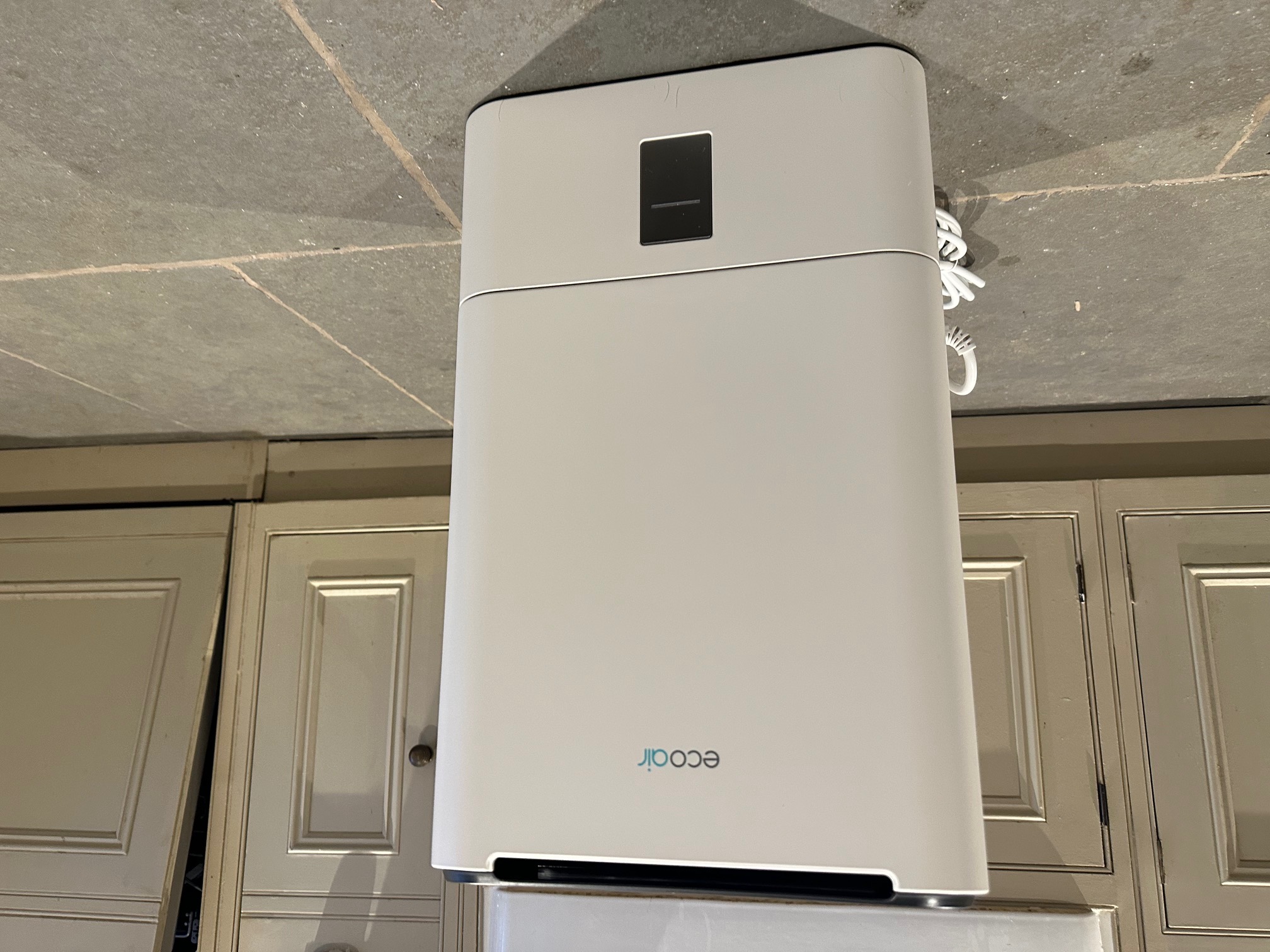
Was it effective in colder temperatures?
In terms of testing the EcoAir DD2 in external domestic spaces, I was impressed by its dehumidifying ability despite temperatures dropping close to freezing point.
Inside the cold garage
While I didn't risk testing to the dehumidifier's exact low temperature threshold of 1°C (there's no automatic switch-off if temperature go below it), I tested the dehumidifier when temperatures were due to dip to a minimum of 4°C overnight and found the unit impressively effective.
Humidity levels in the garage started at around 70%RH, according to the dehumidifier's humidity gauge, and ended up at around 60%RH after running it for 24 hours.
My garage has no insulation in the walls or roof and a large gap under the old-fashioned 80s metal garage door. Therefore it was good to see that despite this there was still a substantial drop in the humidity level. I was able to wipe the mould off my utility room units and be confident it wouldn't return with the humidity level closer to the 40-60%RH range for a normal humidity level in a house.
I also have an open drain in my garage, courtesy of the old owner of the house, which came in super handy for using the continuous water drainage functionality of the machine. I found this function particularly useful as it meant I could leave the dehumidifier to do its thing without constantly checking if the 3 litre water tank needed emptying.
The dehumidifier's automatic shutoff when it reached the desired humidity setting (and automatic restart) also added to this feeling of being able to leave the machine to get on with the job.
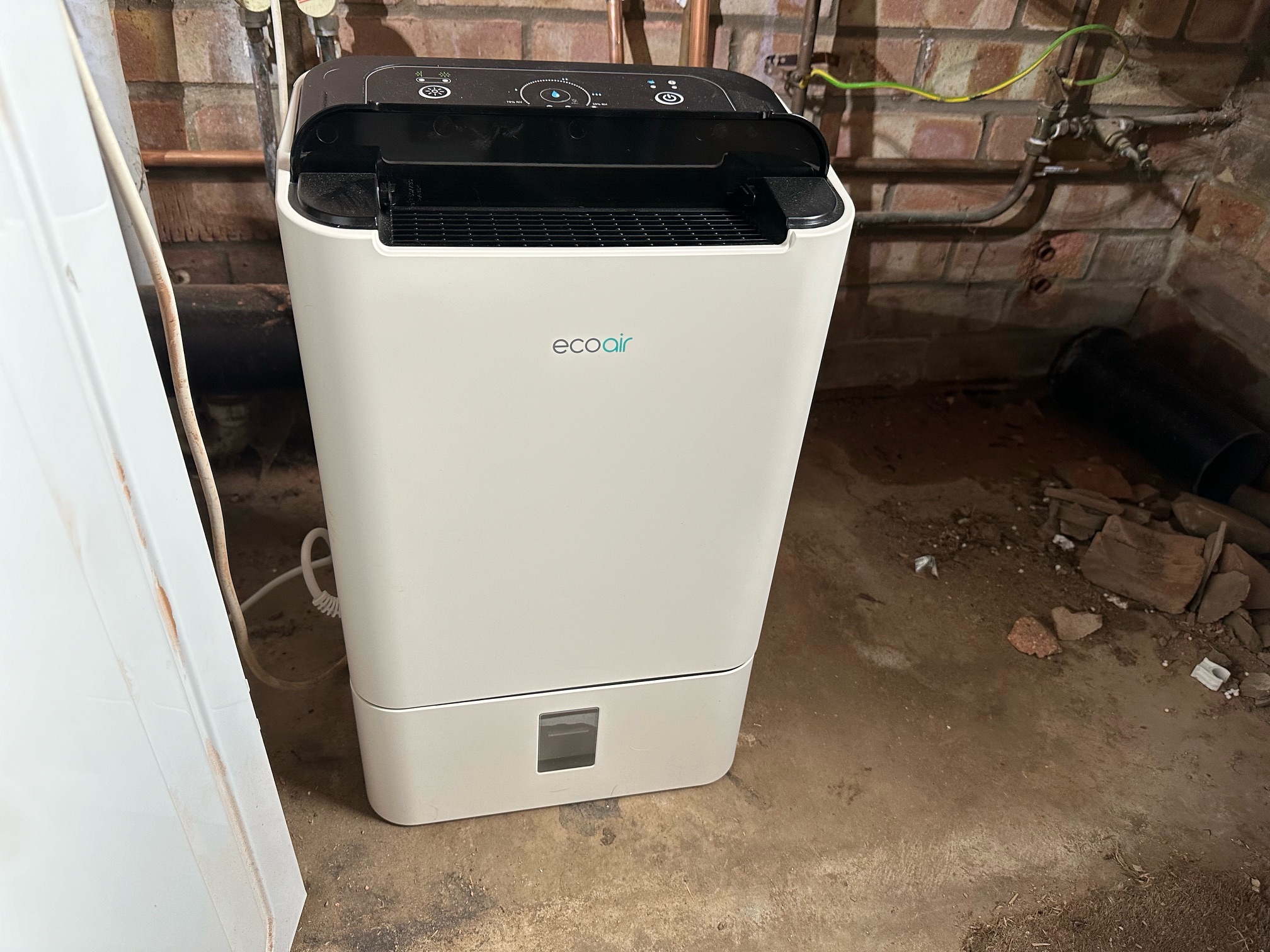
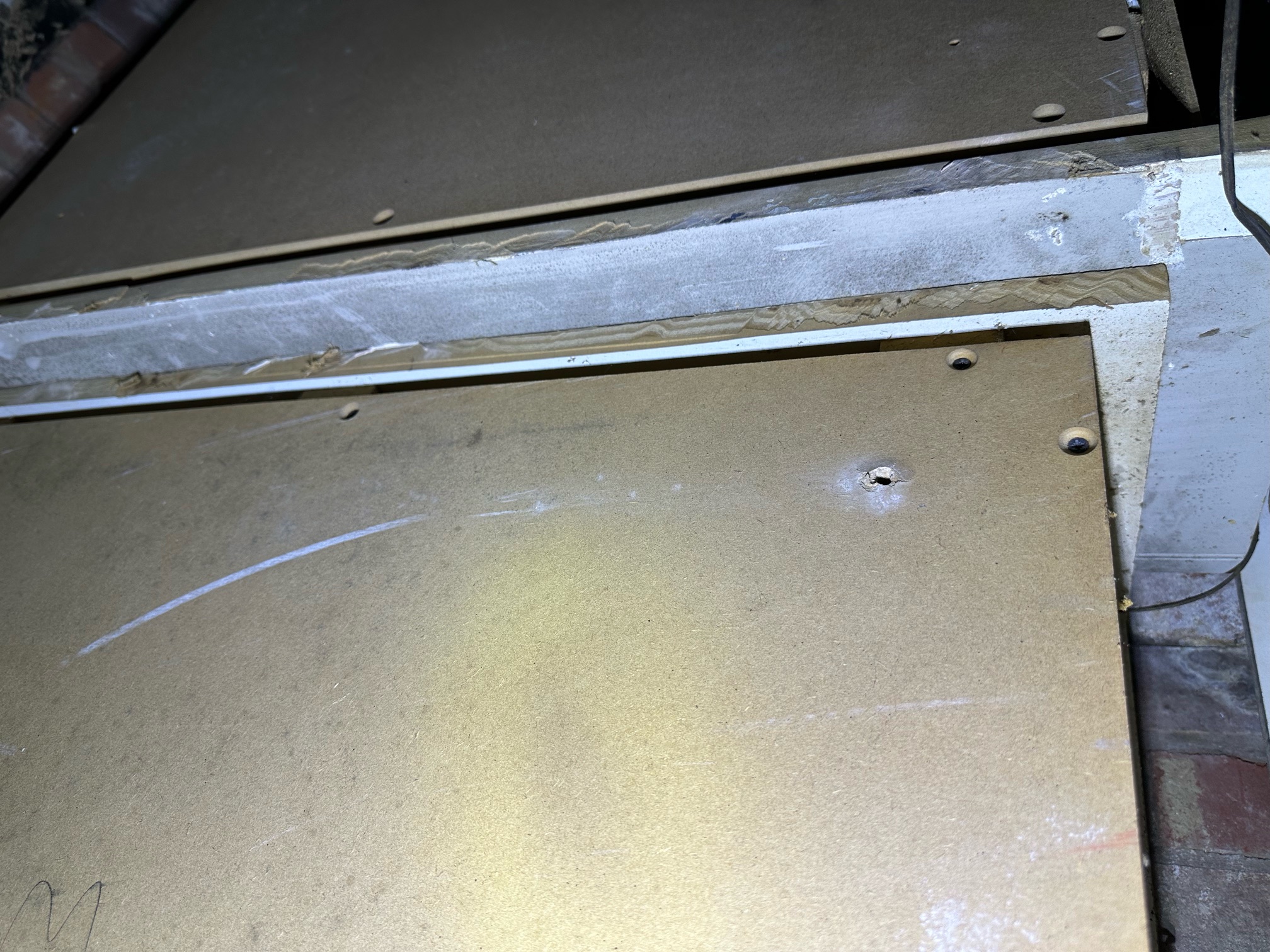
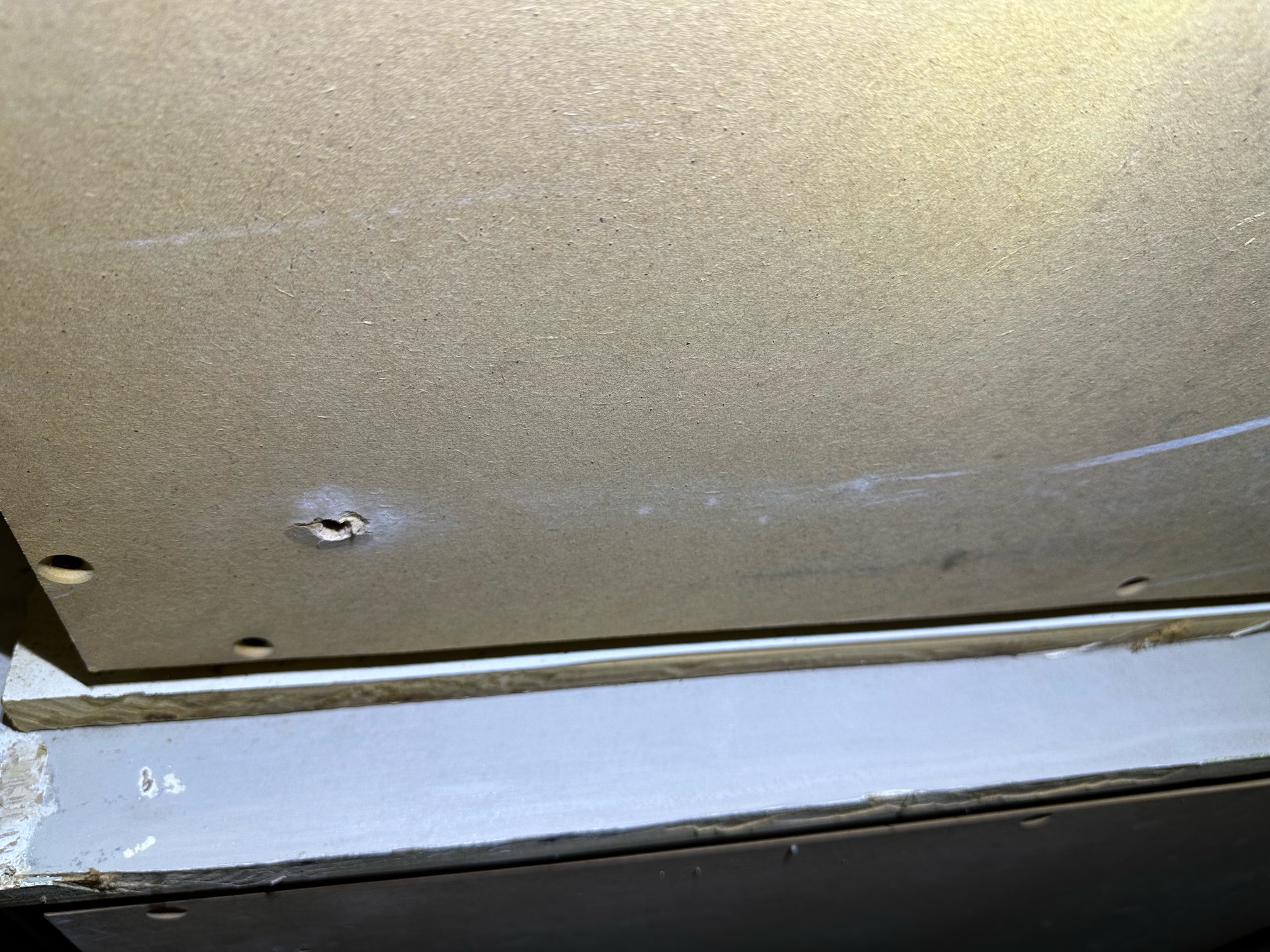
Inside the cold van with condensation
Inside the van, the dehumidifier was even more effective, I suspect because it was more of a sealed environment with less airflow. The key challenge here was whether or not the desiccant dehumidifier managed to eliminate the "sweating" and get rid of the condensation from the inside of the roof.
Within 24 hours I can report that it definitely passed the test, with a starting humidity of around 70%RH down to around 55-60%RH and not a drop of condensation in sight. I wasn't able to attach the continuous hose as I couldn't find a suitable gap, but the 3 litre tank was enough to last the night, ready for emptying in the morning (there's a handle on the tank too for easy emptying). It is also worth pointing out that the dehumidifier was easy to move around due to being lightweight and not too cumbersome in its shape.
What was note-worthy is that rigging up a dehumidifier inside a van is potentially a challenge. I was only able to do this as I have outside plug sockets on my driveway and a van that has been internally wired with sockets as well as having an external waterproof ABB connector for power. Similar might be true for those that want to use the EcoAir DD2 in a caravan or other vehicle with power points inside.
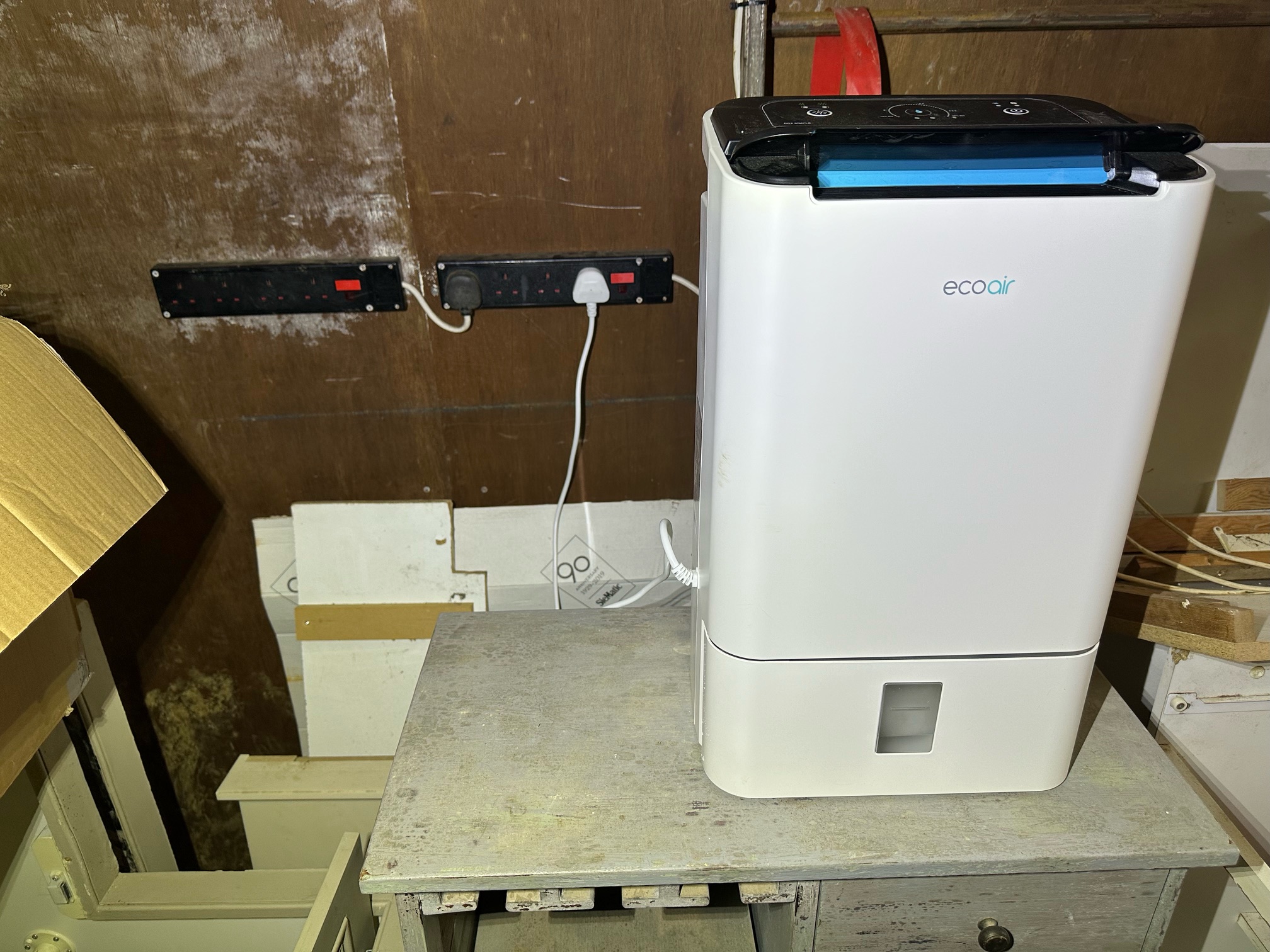
How often did the dehumidifier need emptying?
With the continuous drainage pipe attached, the EcoAir DD2 simple dehumidifier never needs emptying, which is an incredibly useful feature as long as you have a drain for the water from the pipe to flow in to. The pipe, which comes with the unit unlike some other brands of dehumidifier, is one-metre long which was sufficient to reach the drain in my garage. However, it might be worth having an extension lead on stand-by if your power hookup isn't close to a drain.
It is worth noting that the continuous drainage pipe is gravity-fed and won't work with a sink unless you can lift the dehumidifier up to sink level. It does however revert back to tank drainage if you encounter this problem.
Fitting the continuous drainage tube was straight-forward but a little fiddly. The hole for it at the back of the unit was easy to access by popping out the plastic with a screwdriver, but pushing the plastic hose into the outlet took some reshaping of the hose so it was perfectly round and lining up.
And, in case you were wondering, if you don't want to use the continuous drainage functionality, the machine easily switches back to using the tank if you remove the hose. It doesn't matter if you popped out the plastic bit or not.
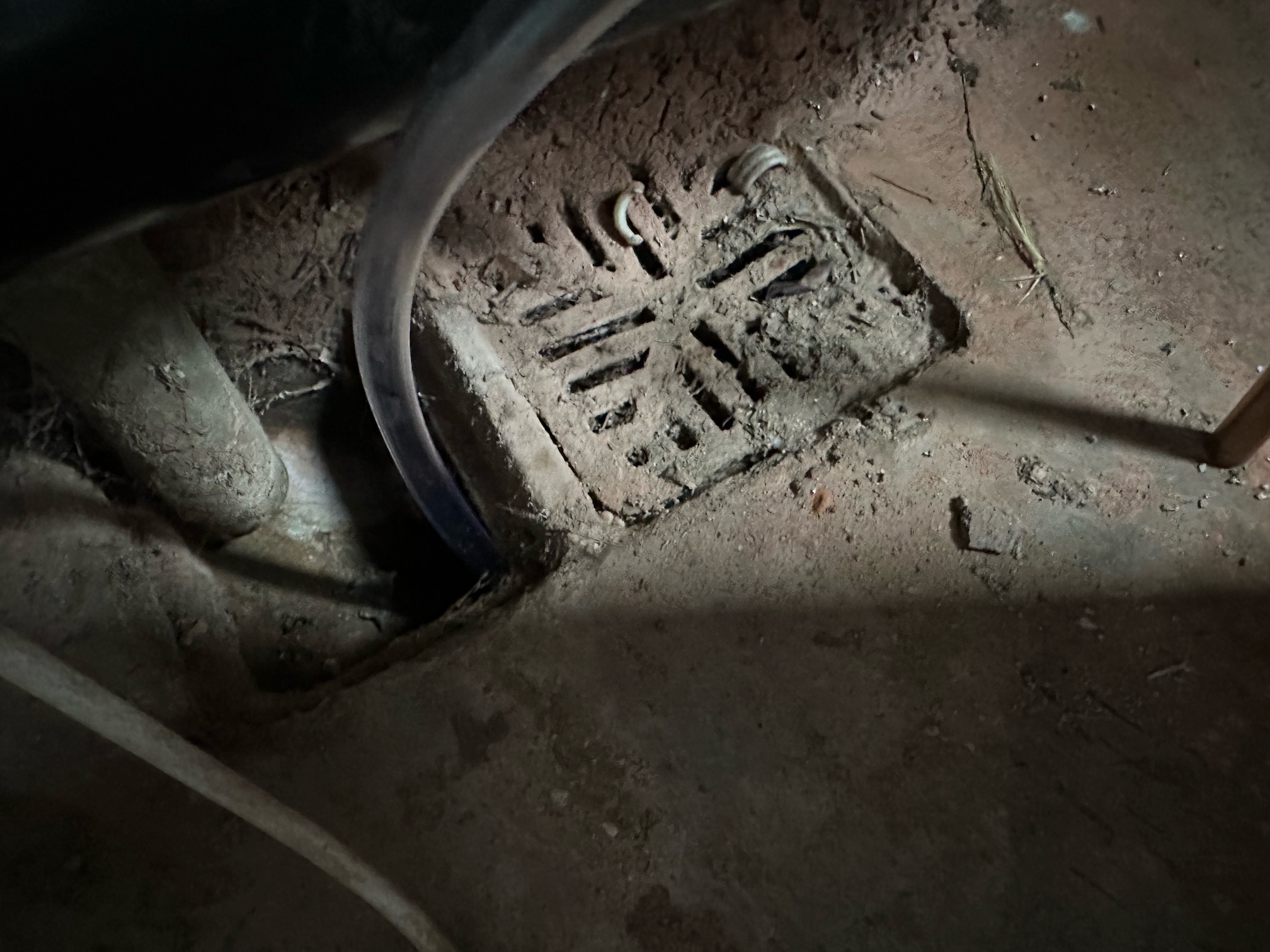
How much does the EcoAir DD2 cost to run?
Typically, desiccant dehumidifiers are more expensive to run than compressor dehumidifiers due to being higher wattage. However, the EcoAir DD2 simple desiccant dehumidifier was built with energy saving in mind with a very low 260 wattage on its lowest setting, up to 570 watts on its highest setting.
At the lowest wattage, this means the EcoAir costs 7.1p per kWh to run with current energy prices of 27.3p.
The calculation is: 0.260kWh x 27.35p = 7.1p per hour. I ran the dehumidifier for an average 8 hours per day, meaning I spent roughly 56.8p per day or £1.70 for when I ran it for an entire 24 hours. This of course doesn't take into account when the dehumidifier automatically shuts down after reaching the desired humidity level.
To put this into perspective, the popular Meaco low energy dehumidifier - a compressor dehumidifier – is 219 watts to run (6p per hour) on its lowest setting – so the EcoAir was actually very comparable, despite being a desiccant dehumidifier.
Does it have a laundry mode?
I was pleased to find that the EcoAir DD2 simple has a very powerful laundry mode, which is essentially a super-high setting (or rather a super low humidity setting) to extract extra moisture from the air.
This was easily selected by using the dial's maximum moisture extraction setting.
Is the EcoAir DD2 noisy?
I was impressed with how quiet this particular dehumidifier was. At only 37-46 decibels it beats many of the best dehumidifiers on the market at the moment, which was beneficial so I could keep it running in the background during online meetings for work.
Are there any additional features?
Yes, there are a couple of additional features with this dehumidifier that were useful. The EcoAir DD2 comes with an anti-tilt feature for safety, which is handy when moving it about into places like garages where you might be moving other items around and knock the machine unintentionally.
The EcoAir DD2 also has an antibacterial filter that was easy to clean when looking to do your regular dehumidifier maintenance (important to do this with all dehumidifiers).
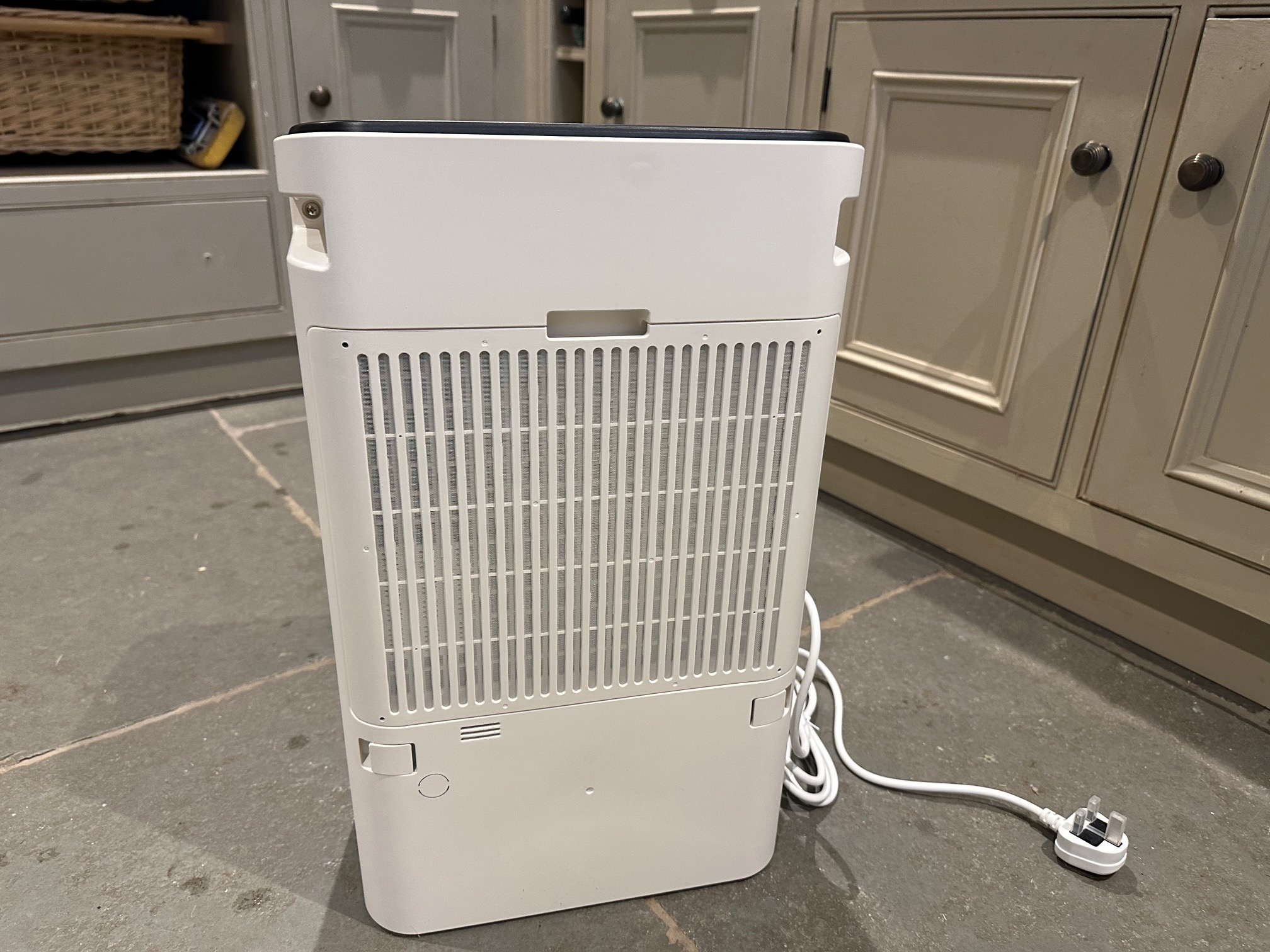
Do I recommend the EcoAir DD2?
If you are looking for a desiccant dehumidifier to eliminate damp, mould or condensation (or all three) in colder spaces I would definitely recommend spending the money and buying the EcoAir DD2 Simple dehumidifier.
It can run at both energy efficient levels as well as having more powerful settings to tackle intensive humidity levels where needed. While it has only a small 3-litre tank this was ample for a 24-period with the extra option of continuous drainage to be able to leave the dehumidifier for longer periods when set-up in a space like a van, garage or caravan that you might not want to check regularly.
The unit is also lightweight and easily manoeuvrable, which I found very useful when testing the product in different areas. I can imagine this would come in useful to remove the likelihood of needing to buy more than one unit for different places in the home.
All-in-all the EcoAir DD2 was an easy to use, good all-round machine. A bit more pricey, perhaps, but worth it.
About this review
Homebuilding & Renovating is not given any compensation by EcoAir for our reviews, but may be allowed to keep the product for long-term testing meaning we can test it over a greater length of time, and update this review if required.

Amy spent over a decade in London editing and writing for The Daily Telegraph, MailOnline, and Metro.co.uk before moving to East Anglia where she began renovating a period property in rural Suffolk. During this time she also did some TV work at ITV Anglia and CBS as well as freelancing for Yahoo, AOL, ESPN and The Mirror. When the pandemic hit she switched to full-time building work on her renovation and spent nearly two years focusing solely on that. She's taken a hands-on DIY approach to the project, knocking down walls, restoring oak beams and laying slabs with the help of family members to save costs. She has largely focused on using natural materials, such as limestone, oak and sisal carpet, to put character back into the property that was largely removed during the eighties. The project has extended into the garden too, with the cottage's exterior completely re-landscaped with a digger and a new driveway added. She has dealt with de-listing a property as well as handling land disputes and conveyancing administration.
